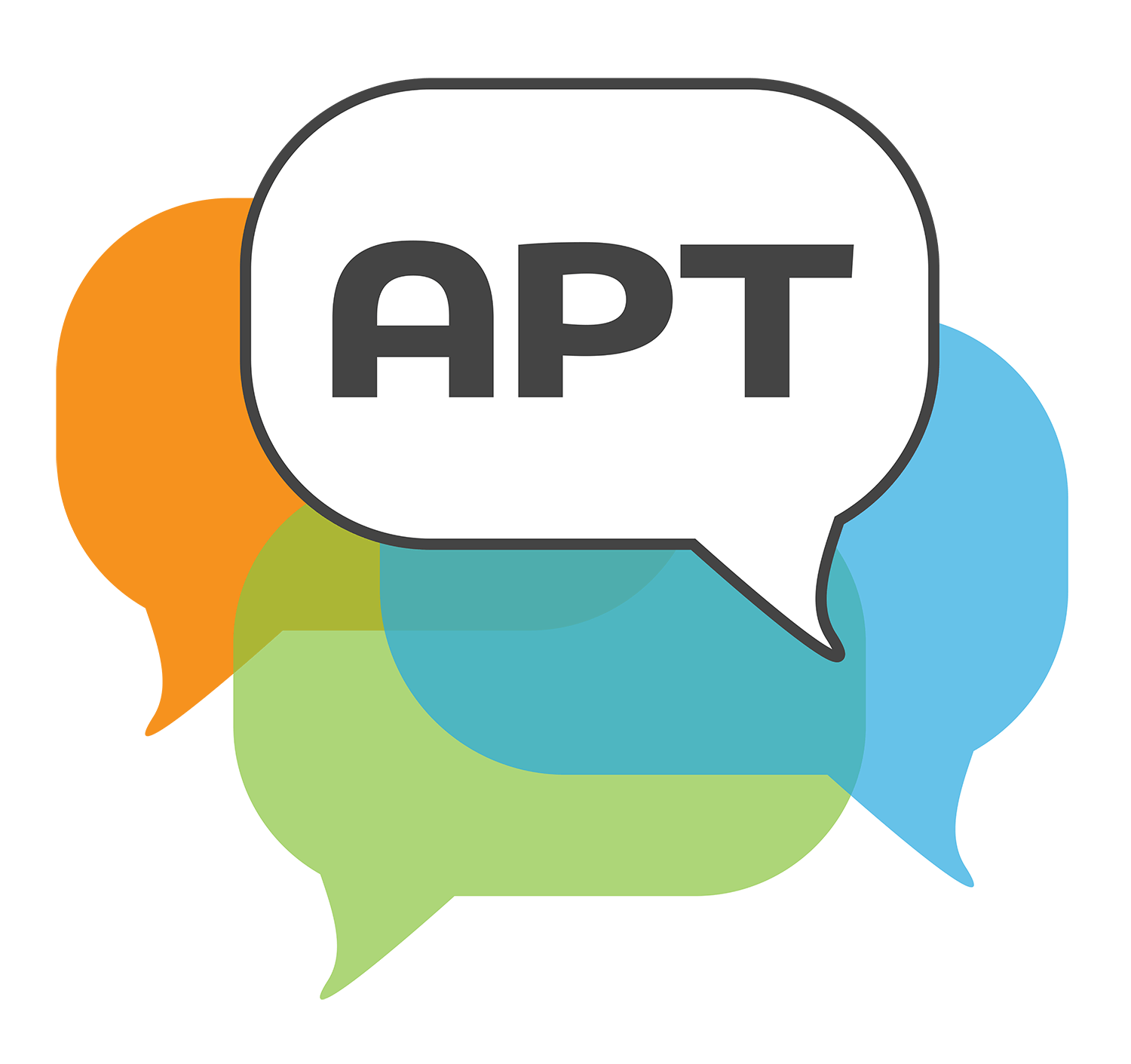Benefits of APT
Promoting Equity and Inclusion
Teachers can use APT to create a classroom culture in which every student’s voice matters. Giving students an opportunity to be heard is particularly important for students with marginalized identities; for these students, equitable opportunity to learn requires that they have a sense of full membership in the community of learners.
Classroom discussion provides a perfect opportunity to foster feelings of inclusion and to disrupt existing patterns of inequality
(The New Teacher Project, 2018) when it provides the opportunity for students from all backgrounds, languages, histories, and customs to share their ideas and experiences when learning new content.
Equitable opportunity to learn requires that students have a sense of full membership in the community of learners.
As you watch, see if you can identify any students who are not fully engaged in their work.
The teacher is continuing a fractions lesson on part and whole.
The clip above is from:
Multiplication of Fractions
Math • Grade 5
As you watch, consider the experience through the eyes of a particular student in the class. Would you feel that you were as much a part of the classroom community as every other student?
In this clip, students are listening to their teacher read a book about sleep. She has the students talk extensively in pairs as well as in the whole group.
The clip above is from:
Understanding Sleep
Language Arts • Grade 1


